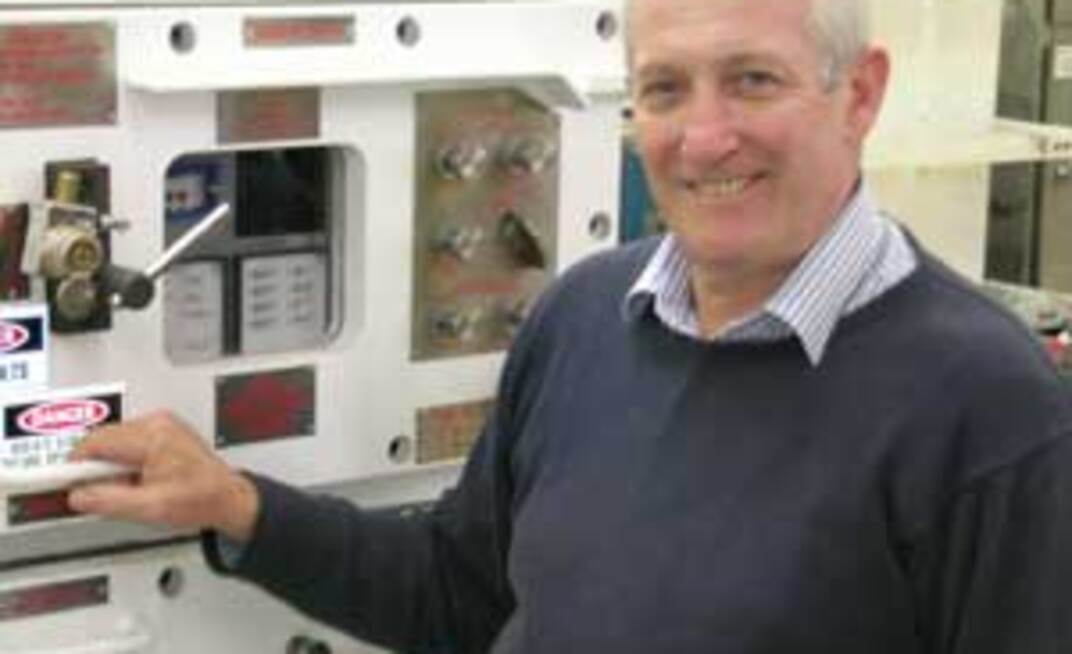The new legislation, introduced in 2001, now requires risk assessments of equipment and has put the onus on the supplier to carry this out. To get this right it can take design engineers up to 20% longer to design equipment, incurring a cost that companies purchasing the equipment have to bear.
One outcome, in terms of the effect on original equipment manufacturers (OEM), is a more rigorous design and engineering process, according to Bob Clark, mining electrics product manager at leading electrical equipment supplier Ampcontrol, based in New South Wales.
“Whereas equipment suppliers were once able to supply equipment to a specific specification and not take too much account of any hazards, we now have to conduct detailed risk assessments,” Clark said.
This process typically involves many levels of assessment, starting with a “helicopter” view of risk associated with a new mining technology, for instance, down to detailed assessment of individual components.
“The Occupational Health and Safety Act takes a much more legalistic and due diligence view towards how we design equipment today,” he said.
How contracts are written has also changed. The interpretation of requirements and the obligations of the supplier are given much closer scrutiny today and rarely is a contract finalised without changes from both the supplier and mine.
“As an OEM, we are responsible to provide equipment that meets specification and performs its function,” he said.
OEMs of electrical equipment are also less affected today by differences in specific state legislation because the reference point is typically the same Australian or International standard.
Clark believes the new Coal Mine Health and Safety Act 2002 has created one positive spin-off for OEMs – it has given designers much more insight into the equipment produced, what it is produced to do, the conditions in which it will work and how long it is expected to last.
Whereas before equipment could be designed and supplied according to a specification, now “we have to do a lot more to make sure the equipment does what it is expected to do”
The changes have also brought new responsibilities for designers and there is a greater onus on engineers to keep abreast of international and national standards related to design and manufacturing issues, Clark said.
Clark, originally an electrical engineer who came out of the UK coal industry 28 years ago and has worked extensively in Australian mines, now works as mining electrics product manager for Ampcontrol. Having worked on both “sides of the fence”, Clark takes a realistic view of what it means to do business as both a supplier and mining company. As he pointed out, both parties are in business to make money. He says he’d rather do business with a profitable organization. For one, they’ll be around if things go wrong.
Trends in the Australian coal industry for some years focused OEM’s business models away from the capital cost of equipment – traditionally the profit in OE supply alone offered small margin returns. Many OEMs had to depend heavily on after-sales support to make a profit.
There are clear signs this was changing in the industry as a greater focus emerged around the cost of equipment over its entire life cycle, Clark said.
Maintenance of equipment over the last five years has changed a lot due to the greater use of more analytical tools. By its nature, electrical equipment has become increasingly complex, not in and of itself a problem, with Clark saying the key is to not make something that is both complex and unreliable.
Making equipment more reliable can be challenging, but as a vertically integrated supplier Ampcontrol is fortunate.
“Our perspective is where we have a problem unit made by a third party supplier we have the option to make it ourselves.”
An area where the company has specialised, as project managers, is in the supply of distribution control boxes and auxiliary equipment that allow the integration of the various parts of a longwall face. These are the crucial interface between, say, the conveyor systems, the shields, the shearer and the power and control systems.
“As a supplier, there are major expectations from customers to provide a package encompassing seamless integration and how this dovetails with other OEM equipment, the mine and our (the suppliers) manufactured equipment,” Clark said.
























